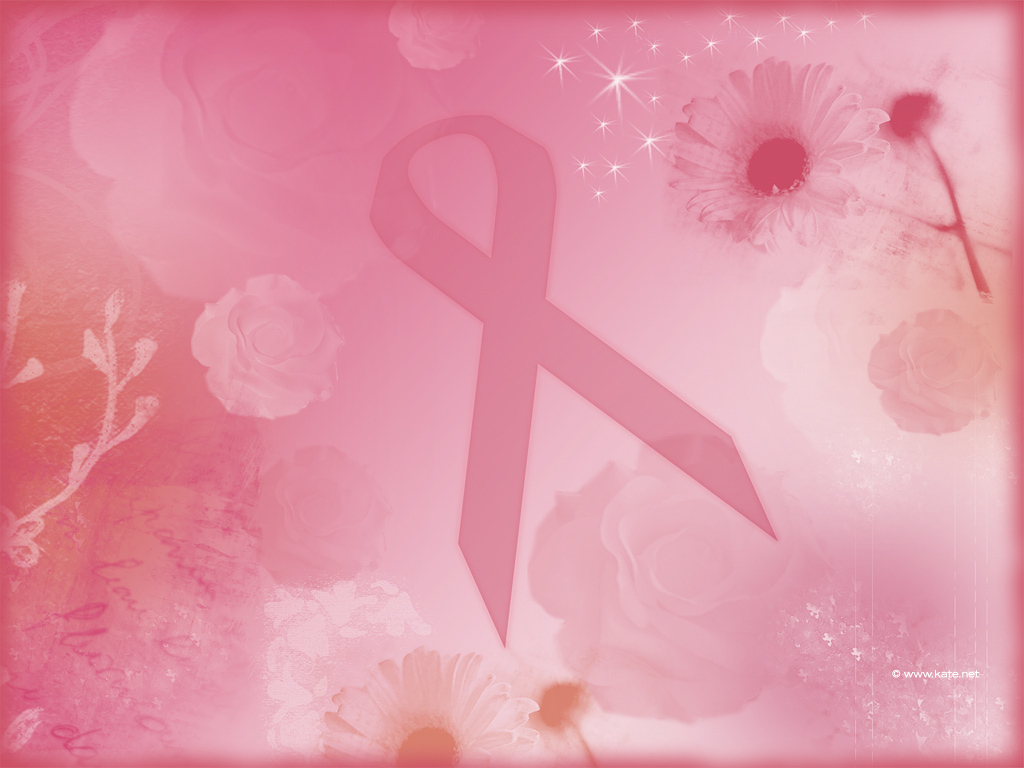Be Aware of Charity Scams This Breast Cancer Awareness Month
By
CourtenayVerret
–
October 3, 2013

Chances are, you’ve been seeing a lot of pink this month.
October is Breast Cancer Awareness Month, and, although there are many worthy charitable causes to support, the online consumer advocacy platform Scambook is warning the public to be cautious in where they send their dollars. Follow these tips to avoid fraudulent breast cancer charities and related scams:
- Do not respond to unsolicited (SPAM) e-mail.
- Be skeptical of individuals representing themselves as officials soliciting via e-mail for donations.
- Do not click on links contained within an unsolicited e-mail.
- Be cautious of e-mails claiming to contain pictures in attached files, as the files may contain viruses. Only open attachments from known senders.
- Make direct contributions to known organizations rather than relying on others to make the donation on your behalf. A non-exhaustive list of reputable breast cancer organizations can be found on Charity Navigator, which rates the credibility of charities.
- Validate the legitimacy of the organization by directly accessing the recognized charity or aid organization’s website rather than following an alleged link to the site.
- Verify the legitimacy of the non-profit status of an organization by using various Internet-based resources, which can also assist in confirming the actual existence of the organization. GuideStar is a free resource that allows users to peruse nonprofits’ tax returns to see exactly how allocate money.
- Do not provide personal or financial information to anyone who solicits contributions, since providing such information may compromise your identity and make identity theft possible.
- When purchasing a product to support breast cancer research (rather than donating directly to a charity), make sure to read the fine print. Many companies can put a cap on how much of the proceeds of a product will actually be donated. They may also design a special edition product using a cause’s signature color—in this case pink—without donating any sale proceeds to the cause itself.
- Many take part in charity dinners, galas, and walks; however, these events have huge overhead costs. To make the largest impact possible, donating directly to a reputable breast cancer charity is the best option.
The aforementioned suggestions will not only prevent you from getting taken advantage of, but will also ensure that your charitable donation is getting the biggest bang for its buck in the fight for a cure.
Previous Article
Stepping Out by Richard Harris
Next Article






